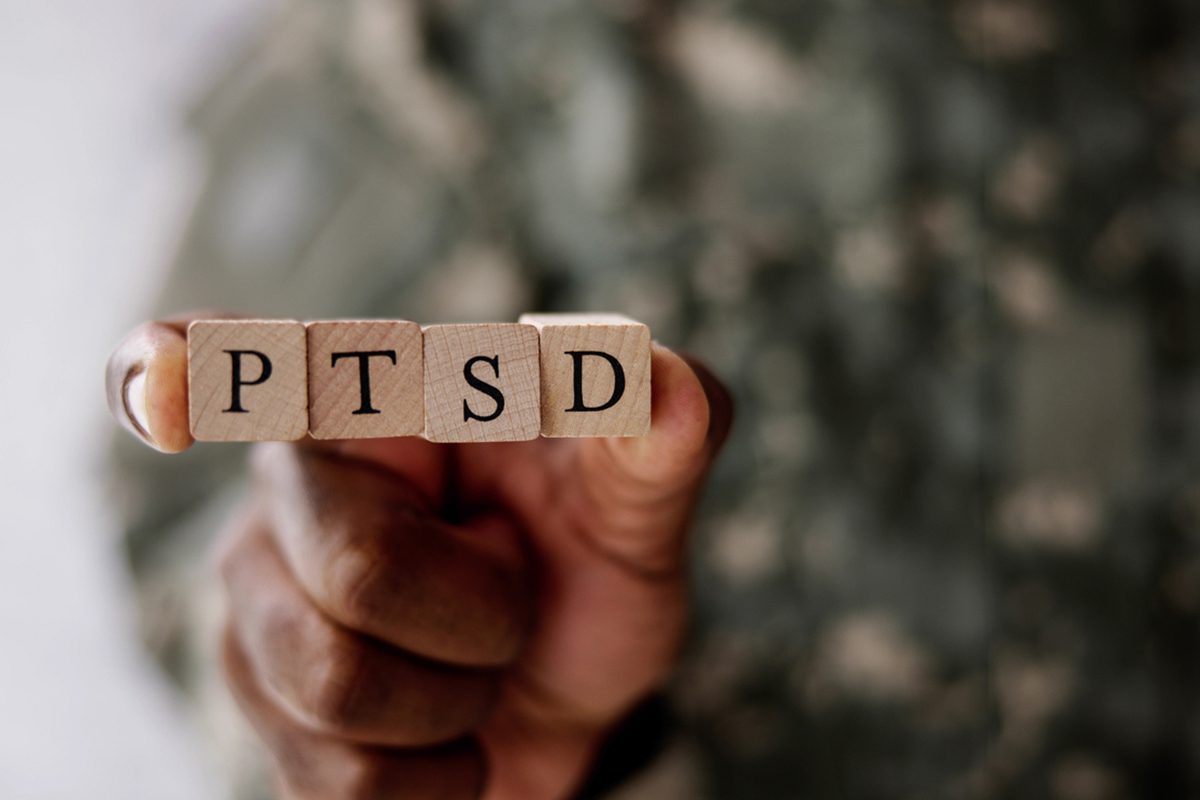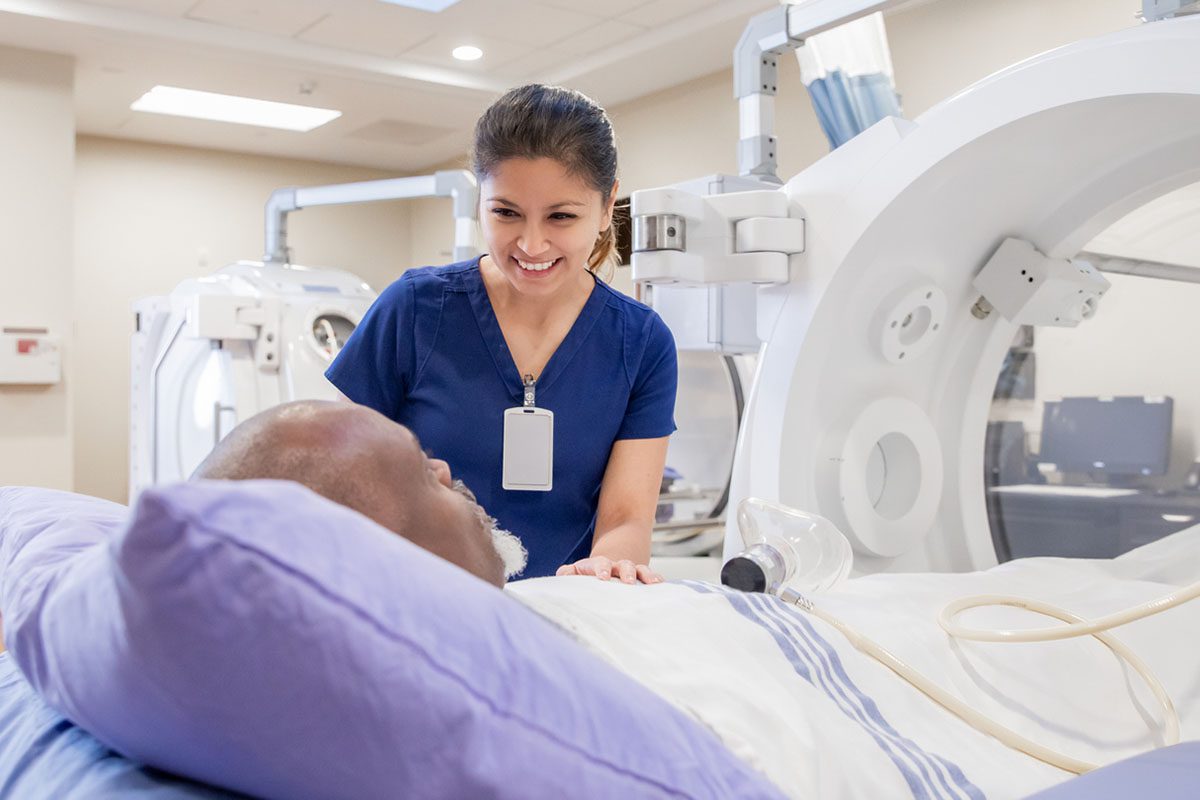ABSTRACT
Objective: The coronavirus disease 2019 (COVID-19) pandemic has led to an increased risk of psychiatric symptoms among frontline health care workers (FHCWs). In the current study, a novel “symptomics” approach was employed to examine the association between acute transdiagnostic symptoms of posttraumatic stress disorder (PTSD), major depressive disorder (MDD), and generalized anxiety disorder (GAD) and burnout and work and relationship difficulties in FHCWs at an urban tertiary care hospital in New York City.
Methods: Symptoms of COVID-19–related PTSD (4-item PTSD Checklist-5), MDD (Patient Health Questionnaire-8), GAD (Generalized Anxiety Disorder-7), burnout (Single-Item Mini-Z Burnout Assessment), and functional difficulties (Brief Inventory of Psychosocial Functioning) were assessed. Relative importance analyses were conducted to identify PTSD, MDD, and GAD symptoms associated with burnout and functional difficulties.
Results: The total number of eligible participants included 6,026 presumed FHCWs, of which 3,360 (55.8%) completed the survey and 2,579 (76.8%) of whom endorsed directly treating patients with COVID-19 and provided sufficient responses to our outcome variables for analysis. Feeling tired/having little energy, being easily annoyed or irritable, and feeling nervous, anxious, or on edge were most strongly associated with burnout; feeling tired/having little energy accounted for the greatest amount of explained variance (> 15%). Negative expectations of oneself or the world, trouble concentrating, and feeling easily annoyed or irritable were most strongly associated with work difficulties; negative expectations of oneself or the world accounted for the greatest amount of explained variance (> 9%). Feeling easily annoyed or irritable, negative expectations about oneself or the world, and feeling bad about oneself were most strongly associated with relationship difficulties; feeling easily annoyed or irritable accounted for the greatest amount of explained variance (> 10%).
Conclusions: Results of this study underscore the importance of a transdiagnostic, symptom-based approach when examining associations between acute psychopathology and burnout and functional difficulties in FHCWs. Further work is needed to determine if early interventions aimed at ameliorating specific psychiatric symptoms may help mitigate risk for peri- and posttraumatic burnout and functional difficulties in this population.
Members Only Content
This full article is available exclusively to Professional tier members. Subscribe now to unlock the HTML version and gain unlimited access to our entire library plus all PDFs. If you’re already a subscriber, please log in below to continue reading.
References (47)

- Federal Emergency Management Agency. (2020). President Donald J. Trump approves major disaster declaration for New York. HQ-20-019. https://www.fema.gov/news-release/20200723/president-donald-j-trump-approves-major-disaster-declaration-new-york. Published March 20, 2020. Accessed April 3, 2020.
- Ripp J, Peccoralo L, Charney D. Attending to the emotional well-being of the health care workforce in a New York City health system during the COVID 19 pandemic. Acad Med. 2020;95(8):1136–1139. PubMed CrossRef
- Cai W, Lian B, Song X, et al. A cross-sectional study on mental health among health care workers during the outbreak of corona virus disease 2019. Asian J Psychiatr. 2020;51:102111. PubMed CrossRef
- Huang Y, Zhao N. Generalized anxiety disorder, depressive symptoms and sleep quality during COVID-19 outbreak in China: a web-based cross-sectional survey. Psychiatry Res. 2020;288:112954. PubMed CrossRef
- Li Z, Ge J, Yang M, et al. Vicarious traumatization in the general public, members, and non-members of medical teams aiding in COVID-19 control. Brain Behav Immun. 2020;88:916–919. PubMed CrossRef
- Li X, Yu H, Bian G, et al. Prevalence, risk factors, and clinical correlates of insomnia in volunteer and at home medical staff during the COVID-19. Brain Behav Immun. 2020;87:140–141. PubMed CrossRef
- Lu W, Wang H, Lin Y, et al. Psychological status of medical workforce during the COVID-19 pandemic: a cross-sectional study. Psychiatry Res. 2020;288:112936. PubMed CrossRef
- Xu J, Xu QH, Wang CM, et al. Psychological status of surgical staff during the COVID-19 outbreak. Psychiatry Res. 2020;288:112955. PubMed CrossRef
- Zhang W-R, Wang K, Yin L, et al. Mental health and psychosocial problems of medical health workers during the COVID-19 epidemic in China. Psychother Psychosom. 2020;89(4):242–250. PubMed CrossRef
- Yin Q, Sun Z, Liu T, et al. Posttraumatic stress symptoms of health care workers during the corona virus disease 2019. Clin Psychol Psychother. 2020;27(3):384–395. PubMed CrossRef
- Vindegaard N, Benros ME. COVID-19 pandemic and mental health consequences: systematic review of the current evidence. Brain Behav Immun. 2020;89:531–542. PubMed CrossRef
- Petzold MB, Bendau A, Plag J, et al. Risk, resilience, psychological distress, and anxiety at the beginning of the COVID-19 pandemic in Germany. Brain Behav. 2020;10(9):e01745. PubMed CrossRef
- Salopek-Žiha D, Hlavati M, Gvozdanović Z, et al. Differences in distress and coping with the COVID-19 stressor in nurses and physicians. Psychiatr Danub. 2020;32(2):287–293. PubMed CrossRef
- Shechter A, Diaz F, Moise N, et al. Psychological distress, coping behaviors, and preferences for support among New York healthcare workers during the COVID-19 pandemic. Gen Hosp Psychiatry. 2020;66:1–8. PubMed CrossRef
- Matsuo T, Kobayashi D, Taki F, et al. Prevalence of health care worker burnout during the coronavirus disease 2019 (COVID-19) pandemic in Japan. JAMA Netw Open. 2020;3(8):e2017271. PubMed CrossRef
- Hu D, Kong Y, Li W, et al. Frontline nurses’ burnout, anxiety, depression, and fear statuses and their associated factors during the COVID-19 outbreak in Wuhan, China: a large-scale cross-sectional study. EClinicalMedicine. 2020;24:100424. PubMed CrossRef
- Rossi R, Socci V, Pacitti F, et al. Mental health outcomes among frontline and second-line health care workers during the coronavirus disease 2019 (COVID-19) pandemic in Italy. JAMA Netw Open. 2020;3(5):e2010185. PubMed CrossRef
- Fried EI, Nesse RM. The impact of individual depressive symptoms on impairment of psychosocial functioning. PLoS One. 2014;9(2):e90311. PubMed CrossRef
- Kachadourian LK, Harpaz-Rotem I, Tsai J, et al. Posttraumatic stress disorder symptoms, functioning, and suicidal ideation in US military veterans: a symptomics approach. Prim Care Companion CNS Disord. 2019;21(2):18m02402. PubMed CrossRef
- Gray MJ, Litz BT. Behavioral interventions for recent trauma: empirically informed practice guidelines. Behav Modif. 2005;29(1):189–215. PubMed CrossRef
- Geier TJ, Hunt JC, Hanson JL, et al. Validation of abbreviated four- and eight-item versions of the PTSD Checklist for DSM-5 in a traumatically injured sample. J Trauma Stress. 2020;33(3):218–226. PubMed CrossRef
- Weathers FW, Litz BT, Keane TM, et al. The PTSD Checklist for DSM-5 (PCL-5) Scale. National Center for PTSD US Dept of Veterans Affairs website. 2013. ptsd.va.gov
- Kroenke K, Strine TW, Spitzer RL, et al. The PHQ-8 as a measure of current depression in the general population. J Affect Disord. 2009;114(1-3):163–173. PubMed CrossRef
- Spitzer RL, Kroenke K, Williams JBW, et al. A brief measure for assessing generalized anxiety disorder: the GAD-7. Arch Intern Med. 2006;166(10):1092–1097. PubMed CrossRef
- Rohland BM, Kruse GR, Rohrer JE. Validation of a single-item measure of burnout against the Maslach Burnout Inventory among physicians. Stress Health. 2004;20(2):75–79. CrossRef
- Marx BP, Schnurr PP, Lunney C, et al. The Brief Inventory of Psychosocial Functioning (B-IPF) [measurement instrument]. US Dept of Veterans Affairs website. https://www.ptsd.va.gov. 2019.
- Grömping U. Relative importance for linear regression in R: the package Relaimpo. J Stat Softw. 2006;17(1):1–27. CrossRef
- Nimmo A, Huggard P. A systematic review of the measurement of compassion fatigue, vicarious trauma, and secondary traumatic stress in physicians. Australas J Disaster Trauma Stud. 2013;1:37–44.
- van Mol M, Kompanje E, Bakker J, et al. Compassion fatigue and burnout among healthcare professionals in the ICU. Crit Care. 2014;18(suppl 1):19. CrossRef
- Meadors P, Lamson A, Swanson M, et al. Secondary traumatization in pediatric healthcare providers: compassion fatigue, burnout, and secondary traumatic stress. Omega (Westport). 2009-2010;60(2):103–128. PubMed CrossRef
- Williamson V, Murphy D, Greenberg N. COVID-19 and experiences of moral injury in front-line key workers. Occup Med (Lond). 2020;70(5):317–319. PubMed CrossRef
- Renshaw KD, Blais RK, Smith TW. Components of negative affectivity and marital satisfaction: the importance of actor and partner anger. J Res Pers. 2010;44(3):328–334. PubMed CrossRef
- Bolger N, DeLongis A, Kessler RC, et al. The contagion of stress across multiple roles. J Marriage Fam. 1989;51(1):175–183. CrossRef
- Westman M. Crossover of stress and strain in the work-family context. In: Jones F, Burke RJ, Westman M, eds. Work-Life Balance: A Psychological Perspective. East Sussex, England: Psychology Press; 2006.
- Foa EB, Hembree EA, Cahill SP, et al. Randomized trial of prolonged exposure for posttraumatic stress disorder with and without cognitive restructuring: outcome at academic and community clinics. J Consult Clin Psychol. 2005;73(5):953–964. PubMed CrossRef
- Resick PA, Nishith P, Weaver TL, et al. A comparison of cognitive-processing therapy with prolonged exposure and a waiting condition for the treatment of chronic posttraumatic stress disorder in female rape victims. J Consult Clin Psychol. 2002;70(4):867–879. PubMed CrossRef
- Reilly PM, Shopshire MS. Anger Management for Substance Abuse and Mental Health Clients: A Cognitive Behavioral Therapy Manual. Updated. US Department of Health and Human Services, Substance Abuse and Mental Health Services Administration, Center for Substance Abuse Treatment; 2019.
- Beck J. Cognitive Therapy: Basics and Beyond. Guilford; 1995.
- Haller M, Norman SB, Davis BC, et al. A model for treating COVID-19-related guilt, shame, and moral injury. Psychol Trauma. 2020;12(S1):S174–S176. PubMed CrossRef
- Zhang X-J, Song Y, Jiang T, et al. Interventions to reduce burnout of physicians and nurses: an overview of systematic reviews and meta-analyses. Medicine (Baltimore). 2020;99(26):e20992. PubMed CrossRef
- Zhou F-C, Yang Y, Wang Y-Y, et al. Cognitive behavioural therapy for insomnia monotherapy in patients with medical or psychiatric comorbidities: a meta-analysis of randomized controlled trials. Psychiatr Q. 2020;91(4):1209–1224. PubMed CrossRef
- Polyakova M, Udalova V, Kocks G, et al. Racial disparities in excess all-cause mortality during the early COVID-19 pandemic varied substantially across states. Health Aff (Millwood). 2021;40(2):307–316. PubMed CrossRef
- McKnight-Eily LR, Okoro CA, Strine TW, et al. Racial and ethnic disparities in the prevalence of stress and worry, mental health conditions, and increased substance use among adults during the COVID-19 pandemic—United States, April and May 2020. MMWR Morb Mortal Wkly Rep. 2021;70(5):162–166. PubMed CrossRef
- Wang Y, Hu Z, Feng Y, et al. Changes in network centrality of psychopathology symptoms between the COVID-19 outbreak and after peak. Mol Psychiatry. 2020;25(12):3140–3149. PubMed CrossRef
- Pospos S, Young IT, Downs N, et al. Web-based tools and mobile applications to mitigate burnout, depression, and suicidality among healthcare students and professionals: a systematic review. Acad Psychiatry. 2018;42(1):109–120. PubMed CrossRef
- Drissi N, Ouhbi S, Marques G, et al. A systematic literature review on e-mental health solutions to assist health care workers during COVID-19 [published online September 22, 2020]. Telemed J E Health. PubMed CrossRef
- Cheng P, Casement MD, Kalmach DA, et al. Digital cognitive behavioral therapy for insomnia promote later health resilience during the coronavirus disease 19 (COVID-19) pandemic [published online November 29, 2020]. Sleep. CrossRef.




